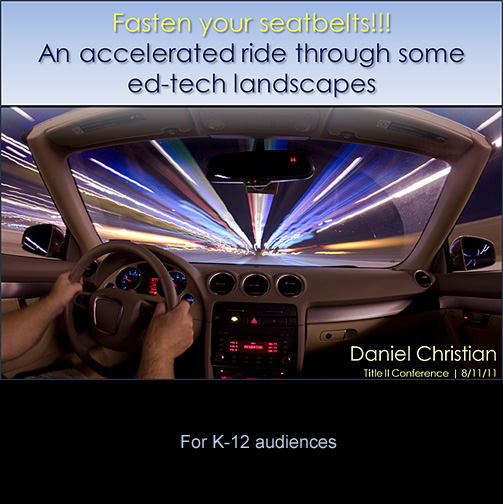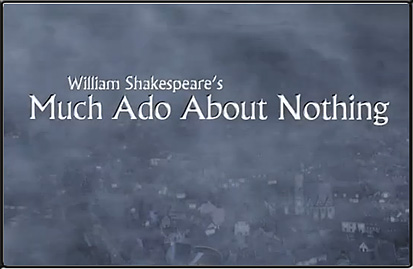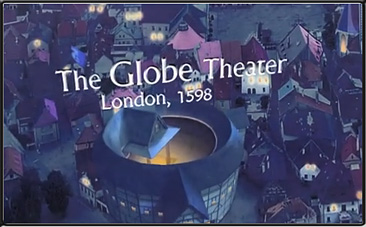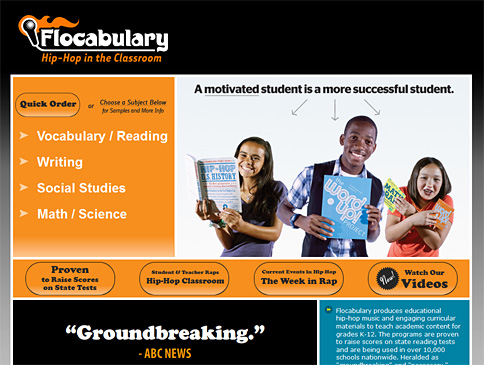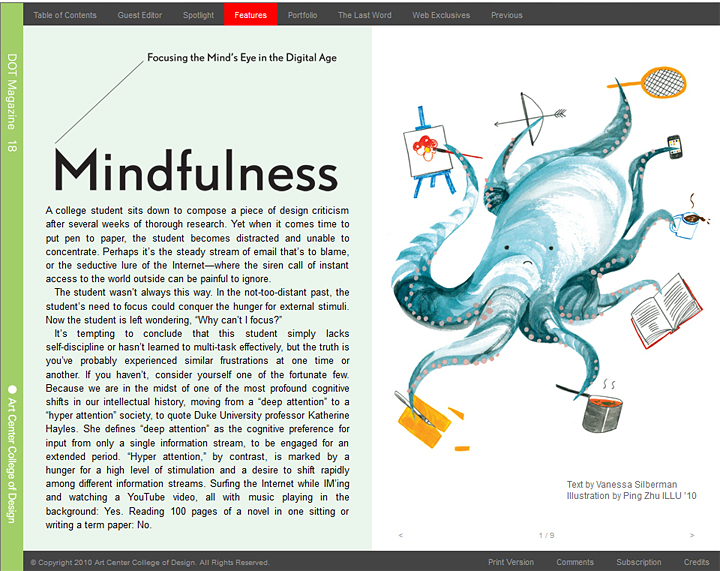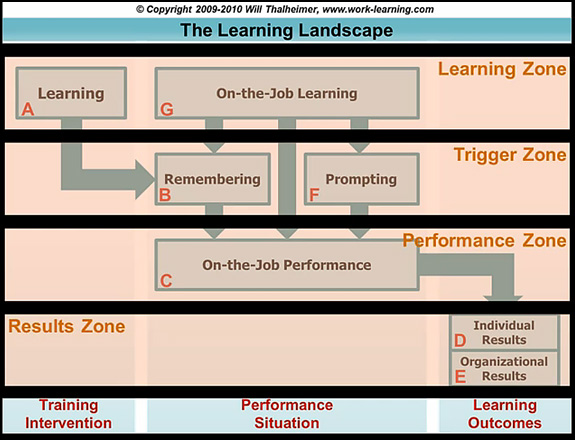Yale finds cause of age related memory loss and finds it may be reversible — from NextBigFuture.com
Excerpts (emphasis DSC):
A new study published July 27 in the journal Nature shows that the neural networks in the brains of the middle-aged and elderly have weaker connections and fire less robustly than in youthful ones. Intriguingly, note the scientists, the research suggests that this condition is reversible.
…
Arnsten said that the aging prefrontal cortex appears to accumulate excessive levels of a signaling molecule called cAMP, which can open ion channels and weaken prefrontal neuronal firing. Agents that either inhibited cAMP or blocked cAMP-sensitive ion channels were able to restore more youthful firing patterns in the aged neurons. One of the compounds that enhanced neuronal firing was guanfacine, a medication that is already approved for treating hypertension in adults and prefrontal deficits in children, suggesting that it may be helpful in the elderly as well, note the researchers.
Arnsten’s finding is already moving to the clinical setting. Yale School of Medicine is enrolling subjects in a clinical trial testing guanfacine’s ability to improve working memory and executive functions in elderly subjects who do not have Alzheimer’s disease or other dementias.
From DSC:
Growing up with the music I did, I really liked this! It’s fun — and for some students, highly engaging! Thanks to Lee Wilson for posting it on his blog.
Also see:
Why Angry Birds is so successful and popular: A cognitive teardown of the user experience — from Pulse > UX by Charles L. Mauro
Excerpt:
Simple yet engaging interaction concept: This seems an obvious point, but few realize that a simple interaction model need not be, and rarely is, procedurally simple. Simplification means once users have a relatively brief period of experience with the software, their mental model of how the interface behaves is well formed and fully embedded. This is known technically as schema formation. In truly great user interfaces, this critical bit of skill acquisition takes place during a specific use cycle known as the First User Experience or FUE. When users are able to construct a robust schema quickly, they routinely rate the user interface as “simple”. However, simple does not equal engaging. It is possible to create a user interface solution that is initially perceived by users as simple. However, the challenge is to create a desire by users to continue interaction with a system over time, what we call user “engagement”.
What makes a user interface engaging is adding more detail to the user’s mental model at just the right time. Angry Birds’ simple interaction model is easy to learn because it allows the user to quickly develop a mental model of the game’s interaction methodology, core strategy and scoring processes. It is engaging, in fact addictive, due to the carefully scripted expansion of the user’s mental model of the strategy component and incremental increases in problem/solution methodology. These little birds are packed with clever behaviors that expand the user’s mental model at just the point when game-level complexity is increased. The process of creating simple, engaging interaction models turns out to be exceedingly complex. Most groups developing software today think expansion of the user’s mental model is for the birds. Not necessarily so.
Other key items discussed:
- Simple yet engaging interaction concept
- Cleverly managed response time
- Short-term memory management
- Mystery
- How things sound
- How things look
- Measuring that which some say cannot be measured
From DSC:
What Apple is able to do with many of their hardware and software products, what Charles describes here with Angry Birds, what Steelcase did with their Media:Scape product’s puck — and other examples — point out that creating something that is “easy” is actually quite hard.
Visual storytelling: Interview with Nancy Duarte — from theelearningcoach.com
Excerpt:
Coach:
Why should learning experience designers care about stories? How does it relate to learning?
Nancy:
Stories are the oldest communication form and are proven to be easily recalled and repeated. If training material can be recalled and repeated, it’s most likely understood. Stories are a great container for memorable information. Relaying instructional content through metaphor and story helps the audience connect emotionally to the content being communicated. Instructional designers are on a steady quest to keep their audiences engaged and motivated, and storytelling is an effective strategy.
What is cognitive load? — from theelearningcoach.com by Connie Malamed
What causes too much demand on working memory? One cause comes from an abundance of novel information. More information than the person can process. But high cognitive load is also strongly influenced by the number of elements in working memory that interact with each other. Often, complex learning is based on interacting elements that must be processed simultaneously. For example, learning to drive involves understanding how several elements simultaneously interact, such as considering the pressure required to brake, the amount to turn the steering wheel and making adjustments for weather conditions and traffic.
Working memory is vulnerable to overload…
…we are in the midst of one of the most profound cognitive shifts in our intellectual history, moving from a “deep attention” to a “hyper attention” society (emphasis DSC), to quote Duke University professor Katherine Hayles. She defines “deep attention” as the cognitive preference for input from only a single information stream, to be engaged for an extended period. “Hyper attention,” by contrast, is marked by a hunger for a high level of stimulation and a desire to shift rapidly among different information streams.
From DSC:
In the near future, we may long for the days of being able to dive deeply into an item — giving it our full attention (and then again, we may not!). But to me, this type of deep focus will take practice and a concerted effort to maintain this ability; because with the information overload coming at us, to give our attention to something is asking a lot. Often times, you have but a split second to get someone’s attention. I wonder…how many people never made it to this point in this posting for example…? Probably quite a few.
Learning Landscape Model Video — from Will Thalheimer
The Learning Landscape Model is:
…based on the fundamental cognitive architectures of learning, remembering, and prompting as three distinct cognitive operations, all of which are needed to maximize workplace learning-and-performance results. While previous models have often forgotten forgetting or forgotten prompting mechanisms (like job aids), the Learning Landscape is complete. Perhaps more importantly, it is actionable, for example, it can be utilized to have productive discussions between us as learning professionals and our business partners. Finally, the Learning Landscape Model can be used to improve learning measurement significantly over the 4-levels or roi models.
Check out the video of the Learning Landscape Model…
The test has been canceled — from Boston.com by Keith O’Brien
Final exams are quietly vanishing from college
The change, which was first reported in Harvard Magazine, is not a statement on the value of final exams one way or the other, Harris said. But the shrinking role of big, blockbuster tests at Harvard and colleges elsewhere is raising serious pedagogical questions about 21st century education: How best do students learn? And what’s the best way to assess that? Is the disappearance of high-stakes, high-pressure final exams a sign that universities are failing to challenge today’s students, or is it just a long overdue acknowledgment that such tests aren’t always the best indicator of actual knowledge?
From DSC:
Perhaps like many others, I don’t remember a lot from the final exams taken during my college days. My hope is that whatever methods we use, we can foster deeper, longer-lasting ROI’s from students’ studying time. We can create more “hooks” on which to hang things 5-10 years down the line (if that’s possible these days!). One thought along these lines, is to use the ideas of story, play, and promoting the creativity of our students.
The greatest teacher of all time used story — in the form of parables — all the time. I’ll bet that many of us can still recall to this day the parable of the sower, or the prodigal son…the good Samaritan or the lost coin. With enough repetition, we remember these stories and the deeper meaning behind them. They provide hooks to hang other things upon (i.e. scaffolding).











